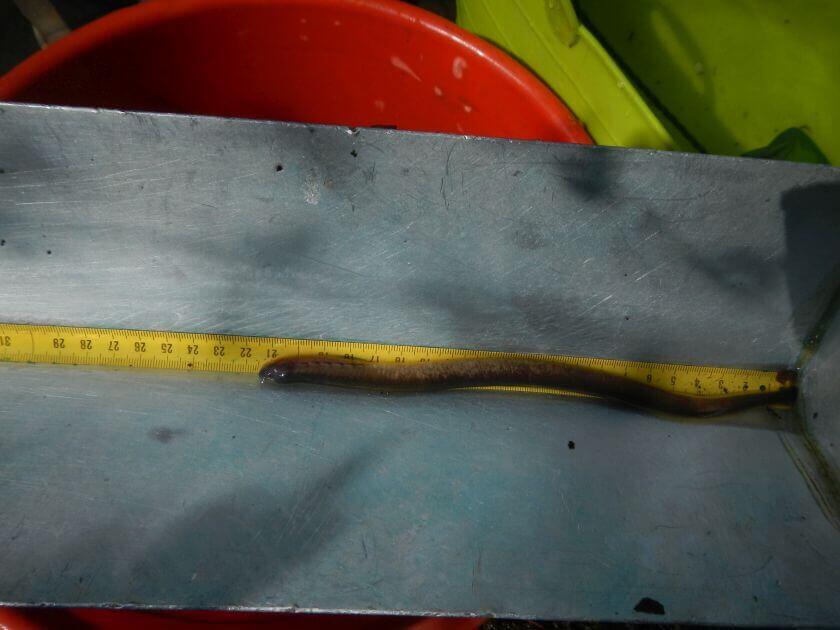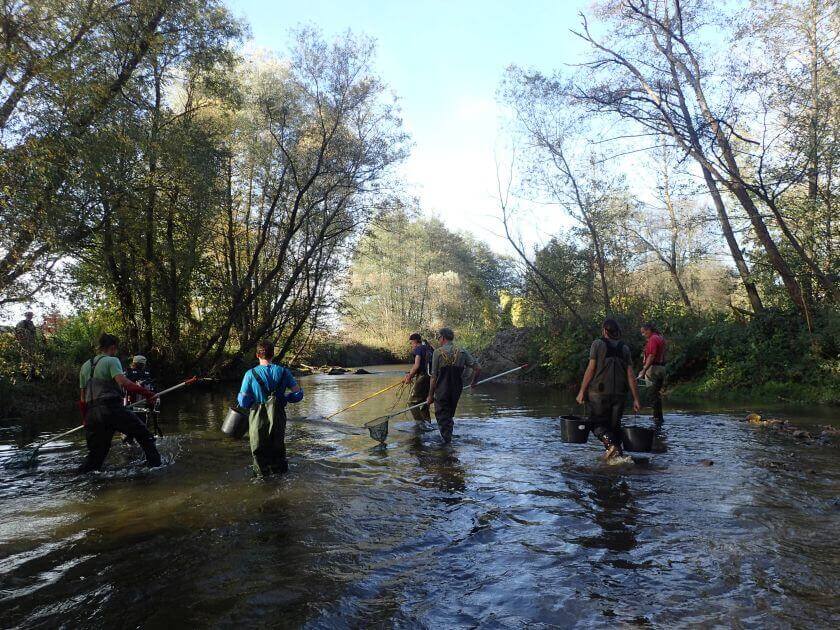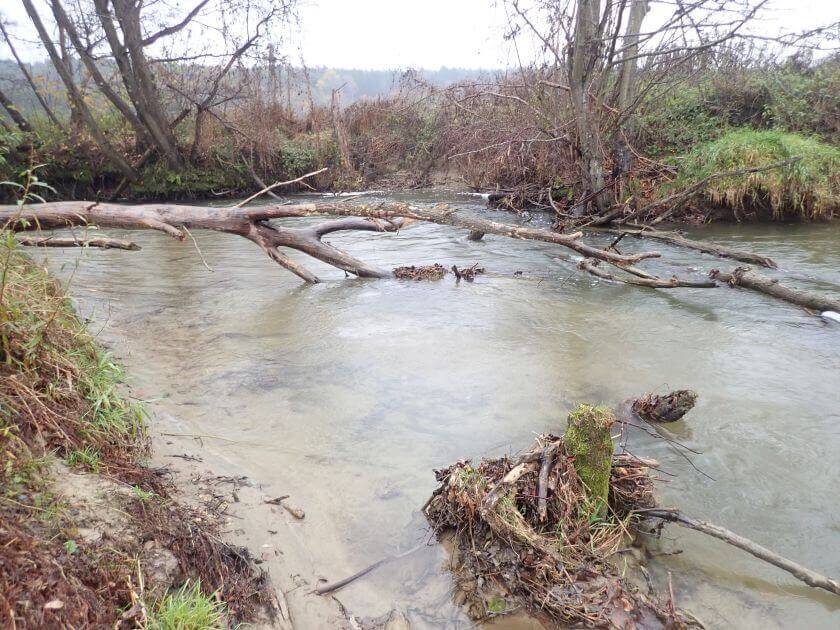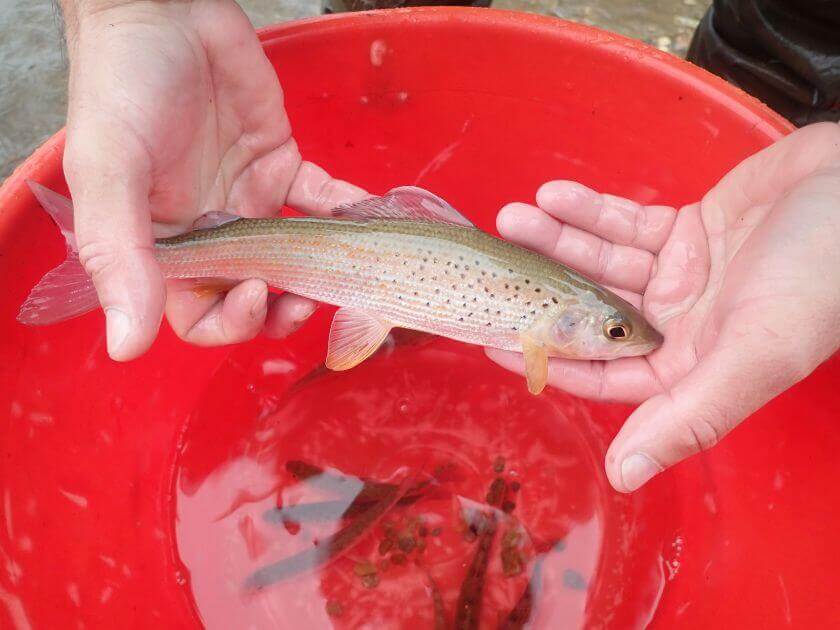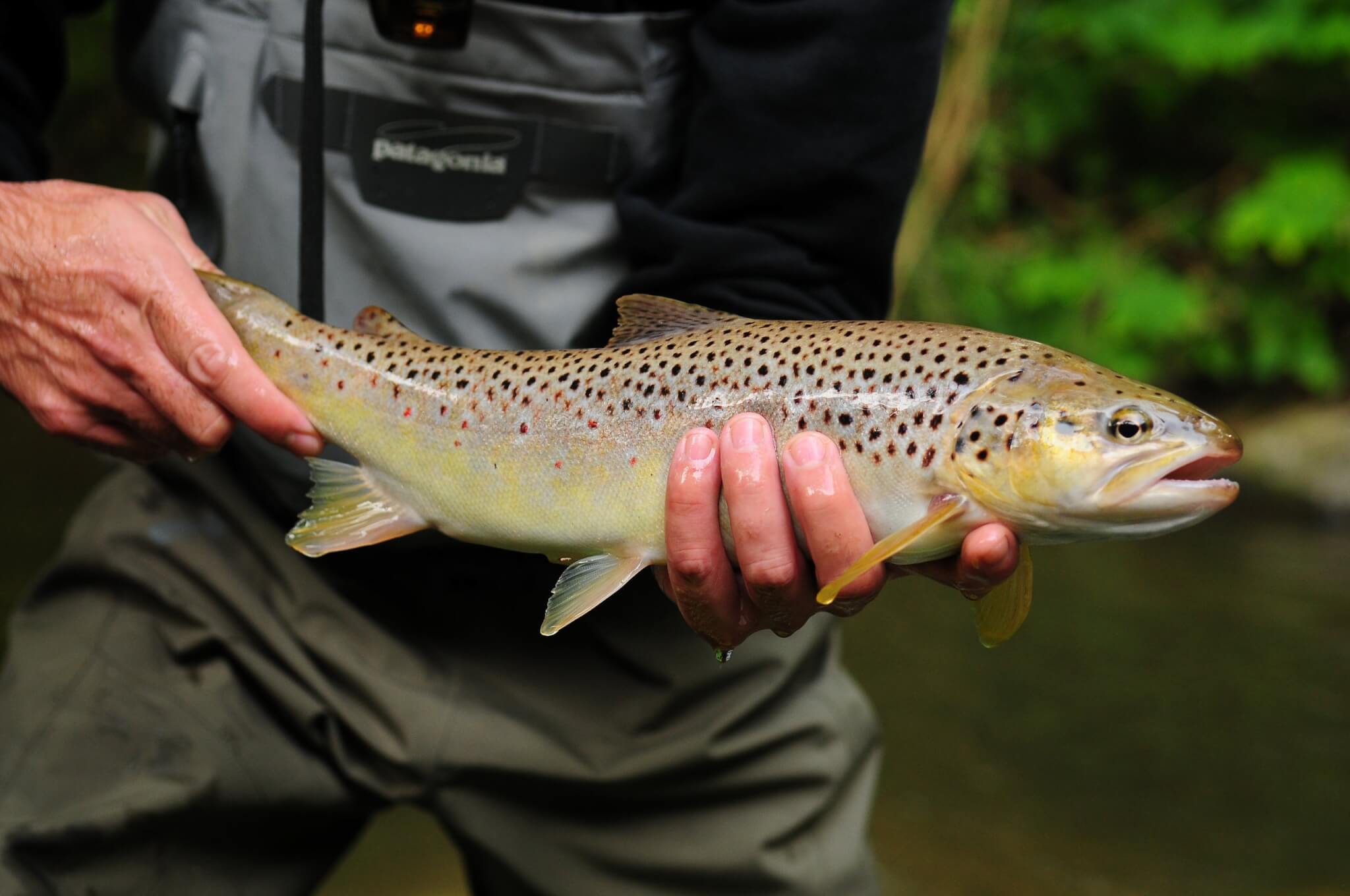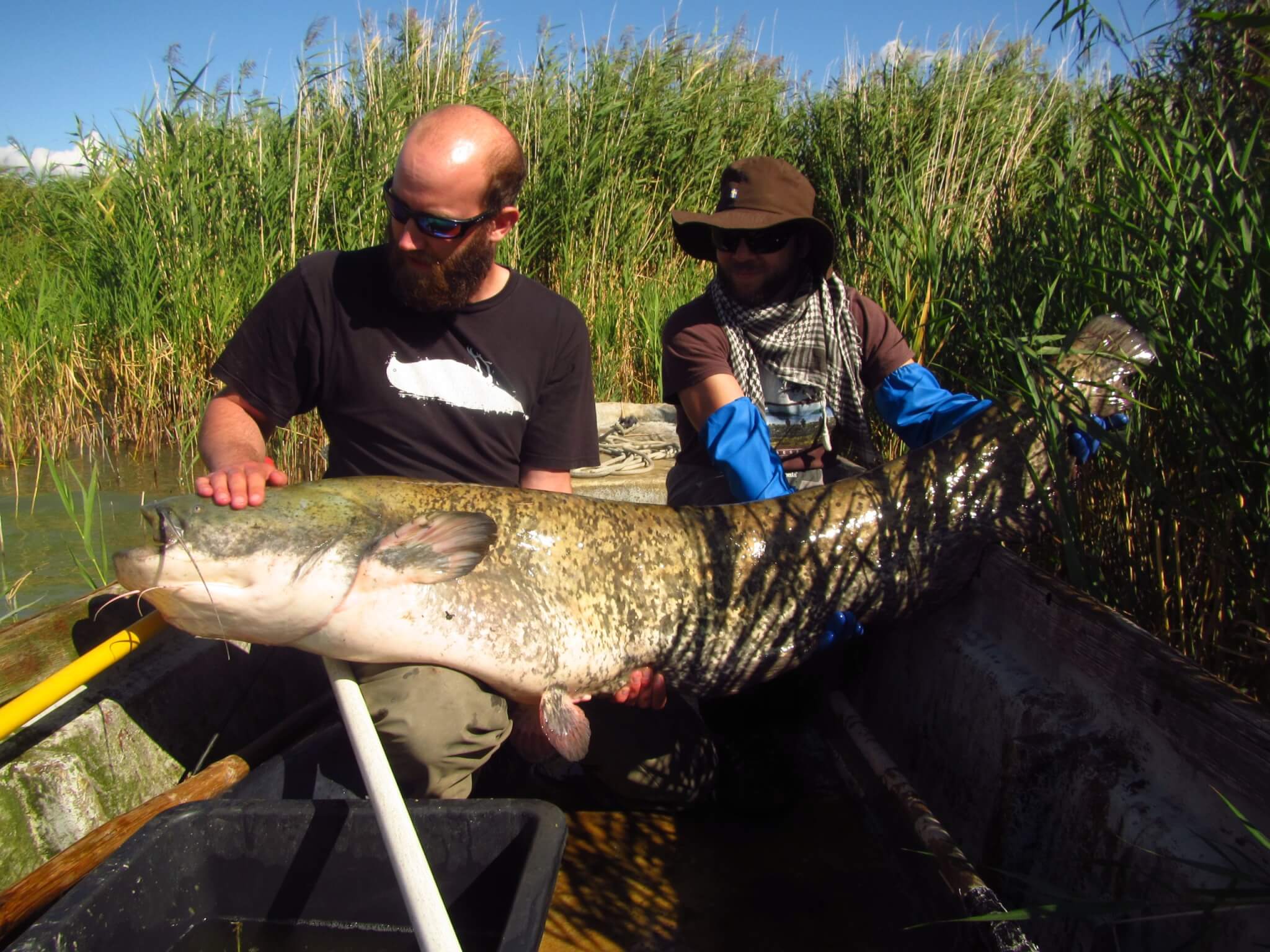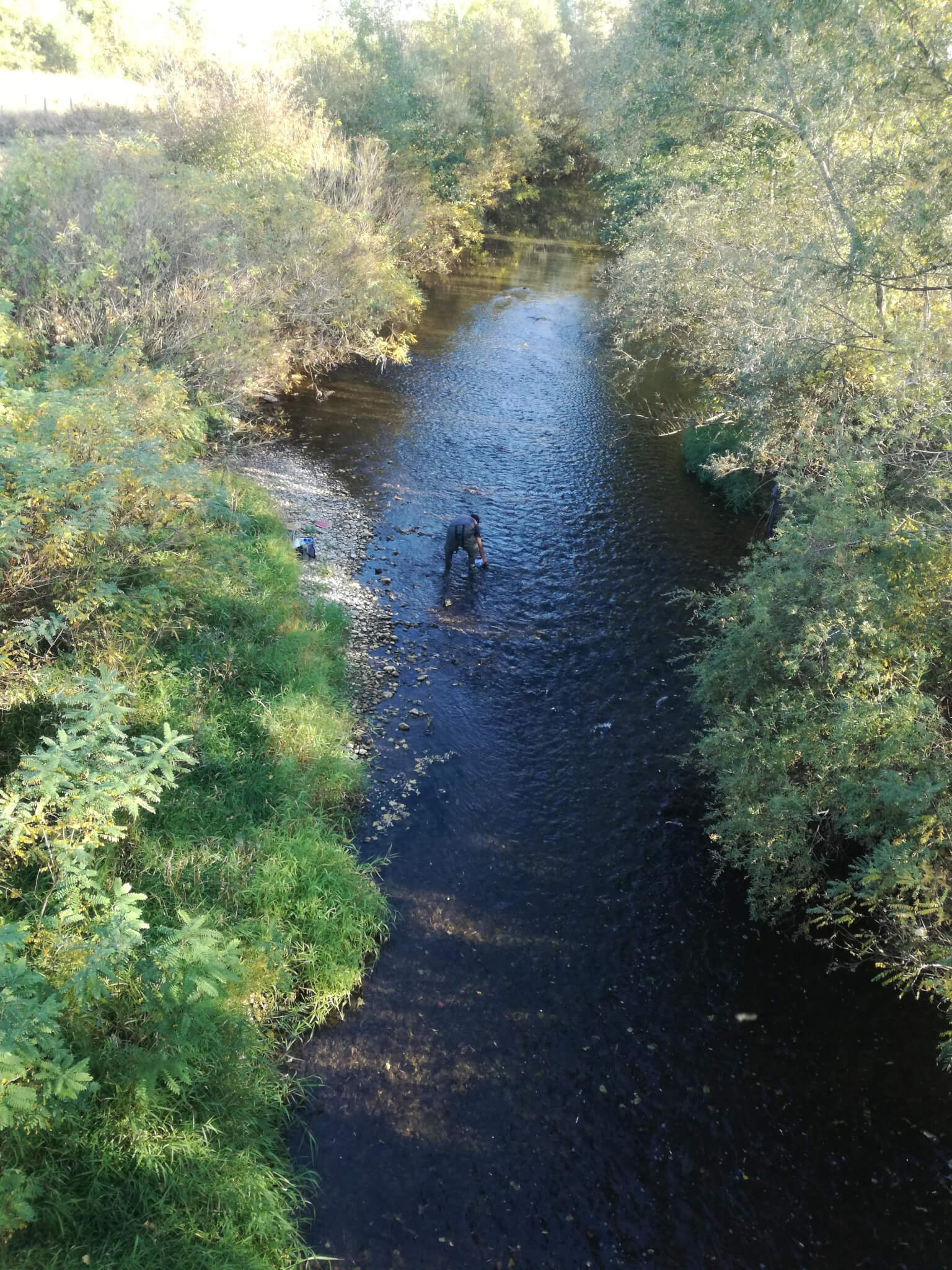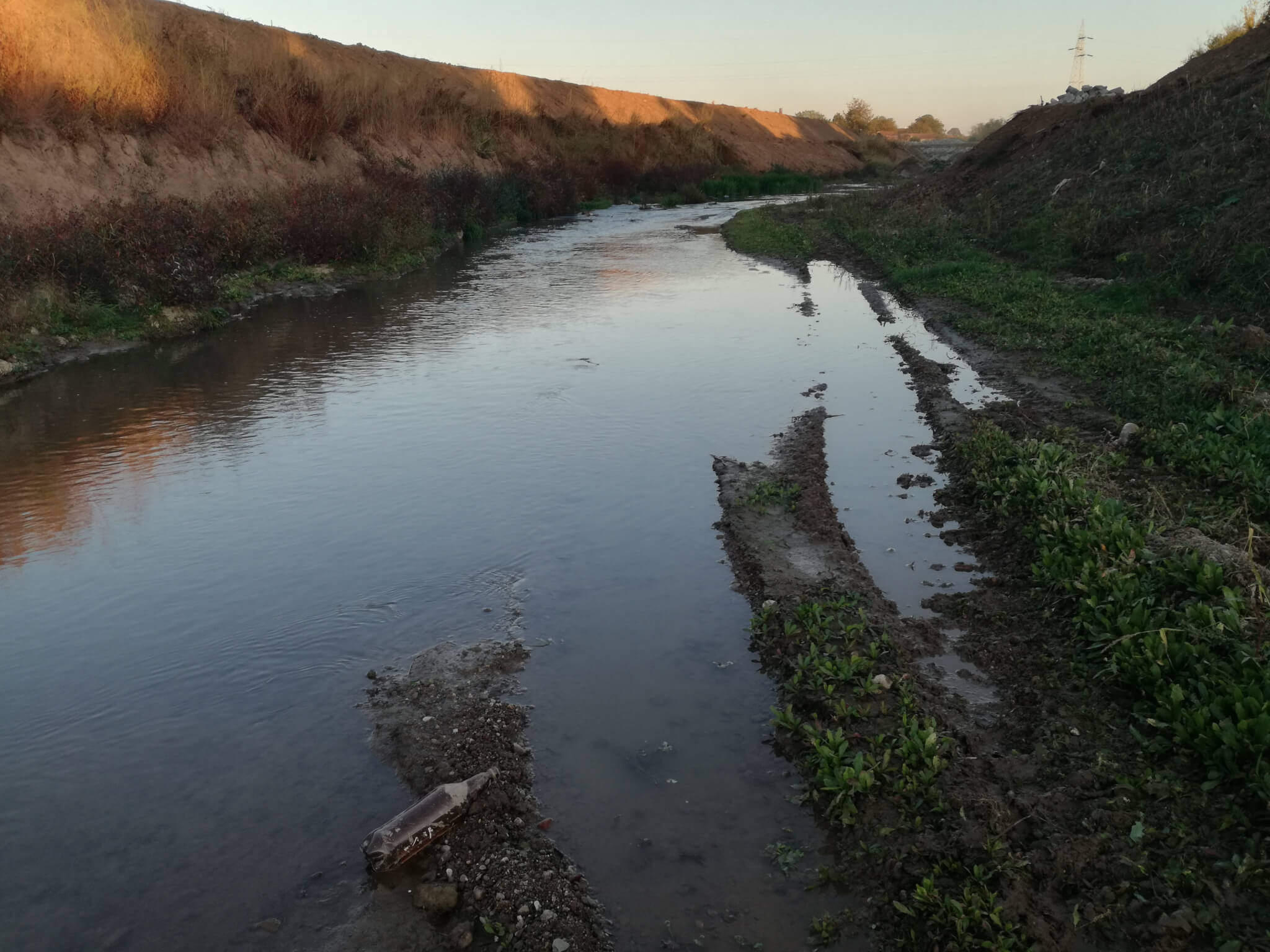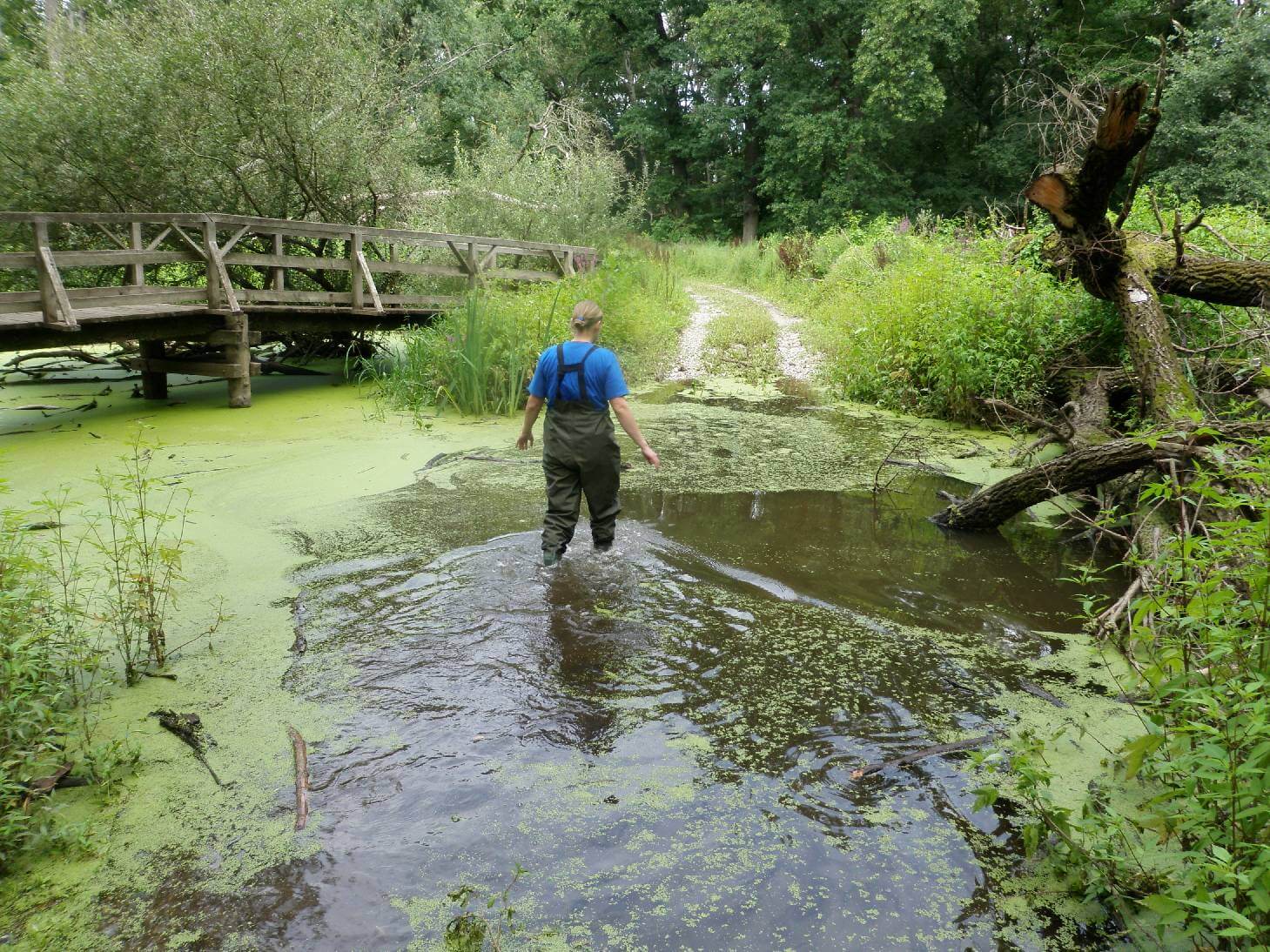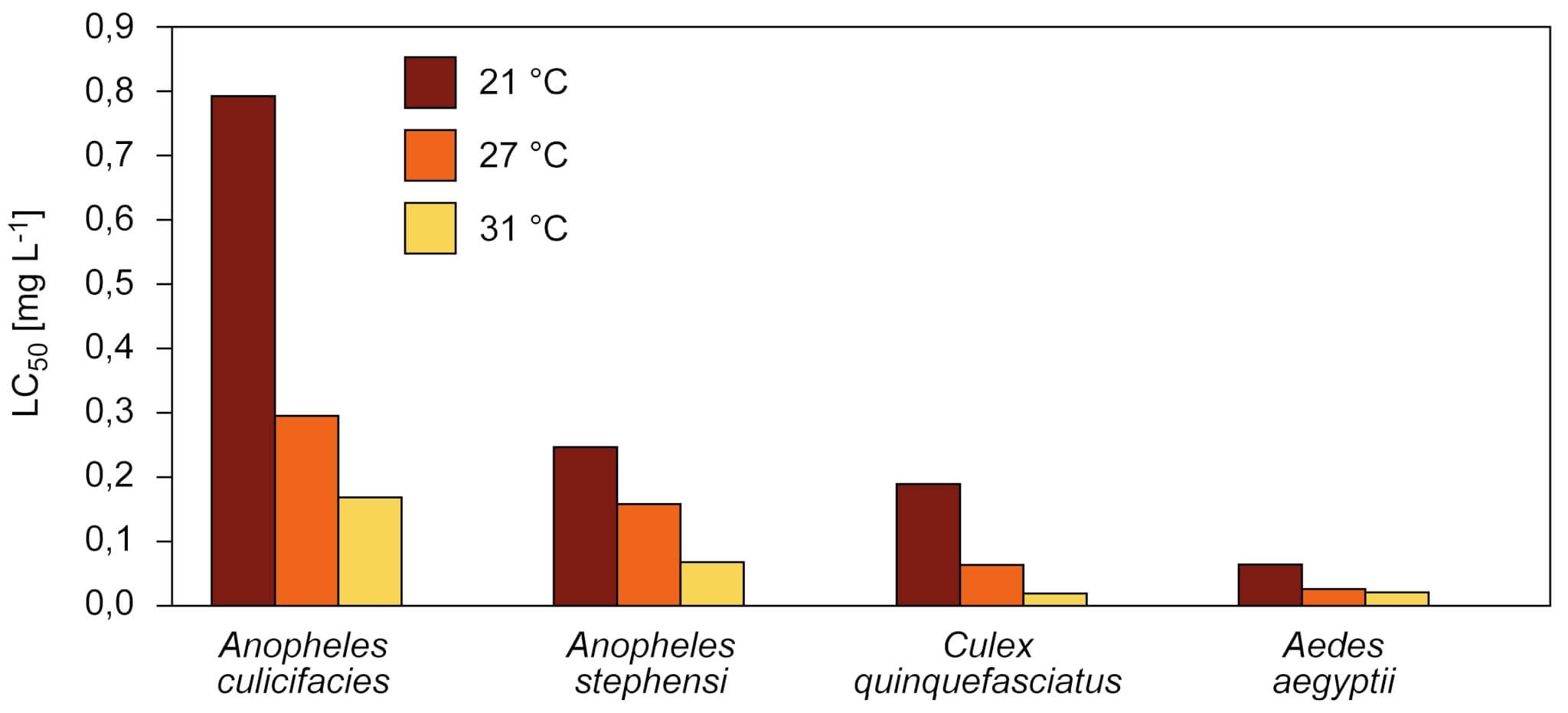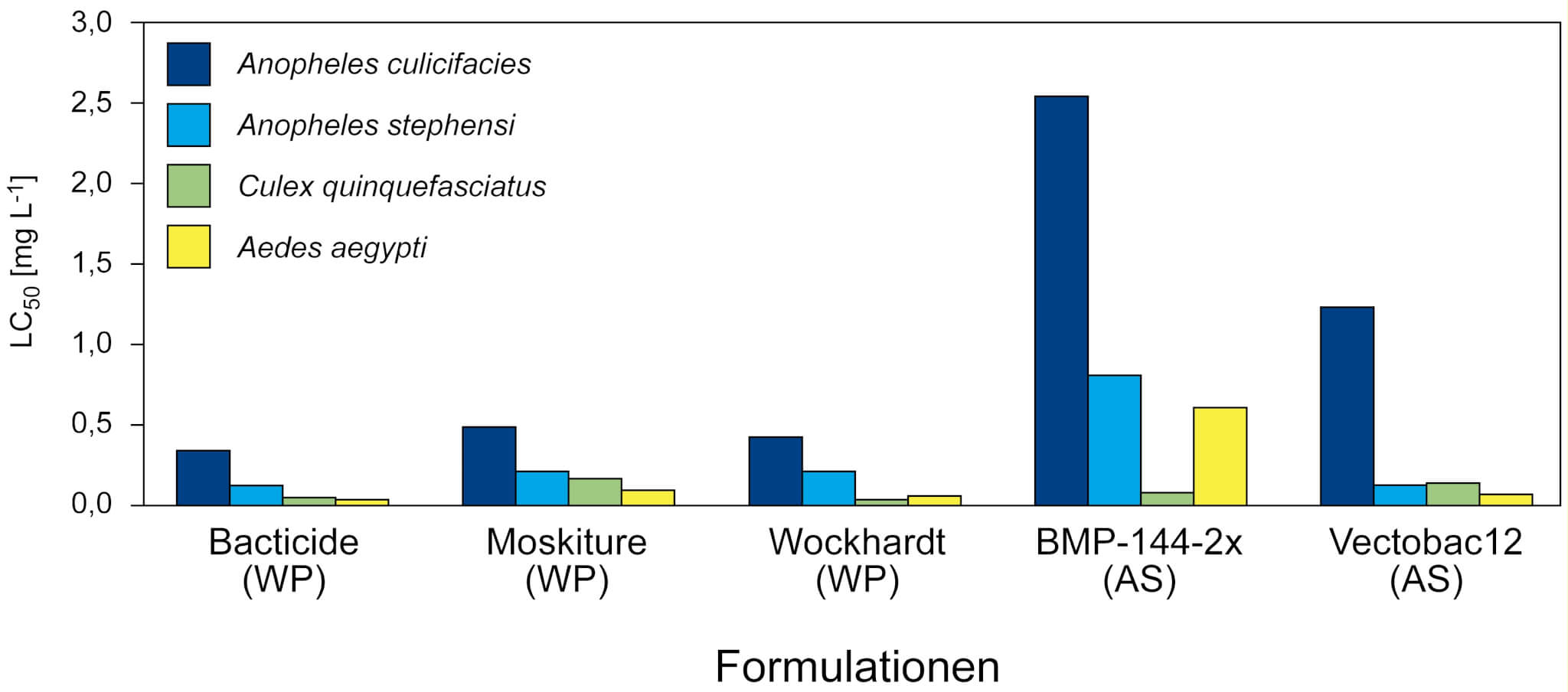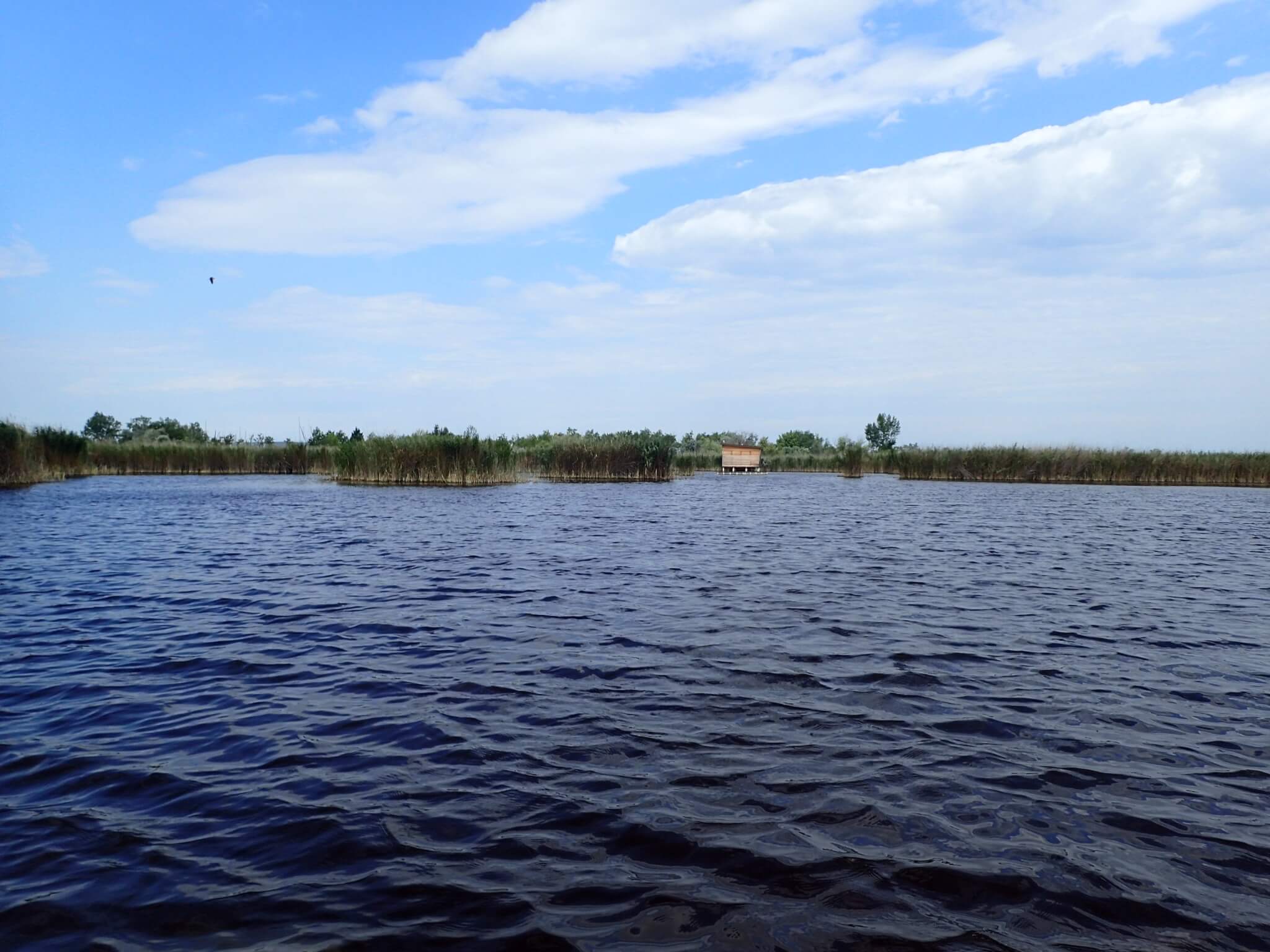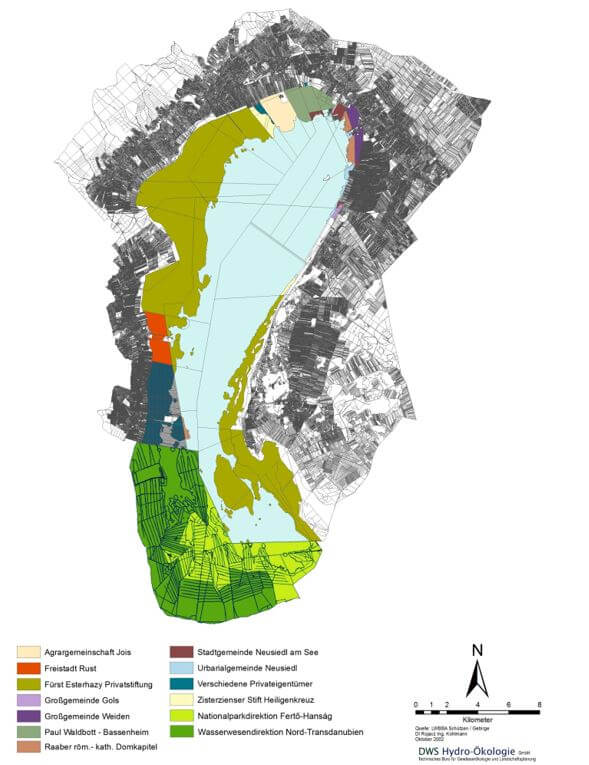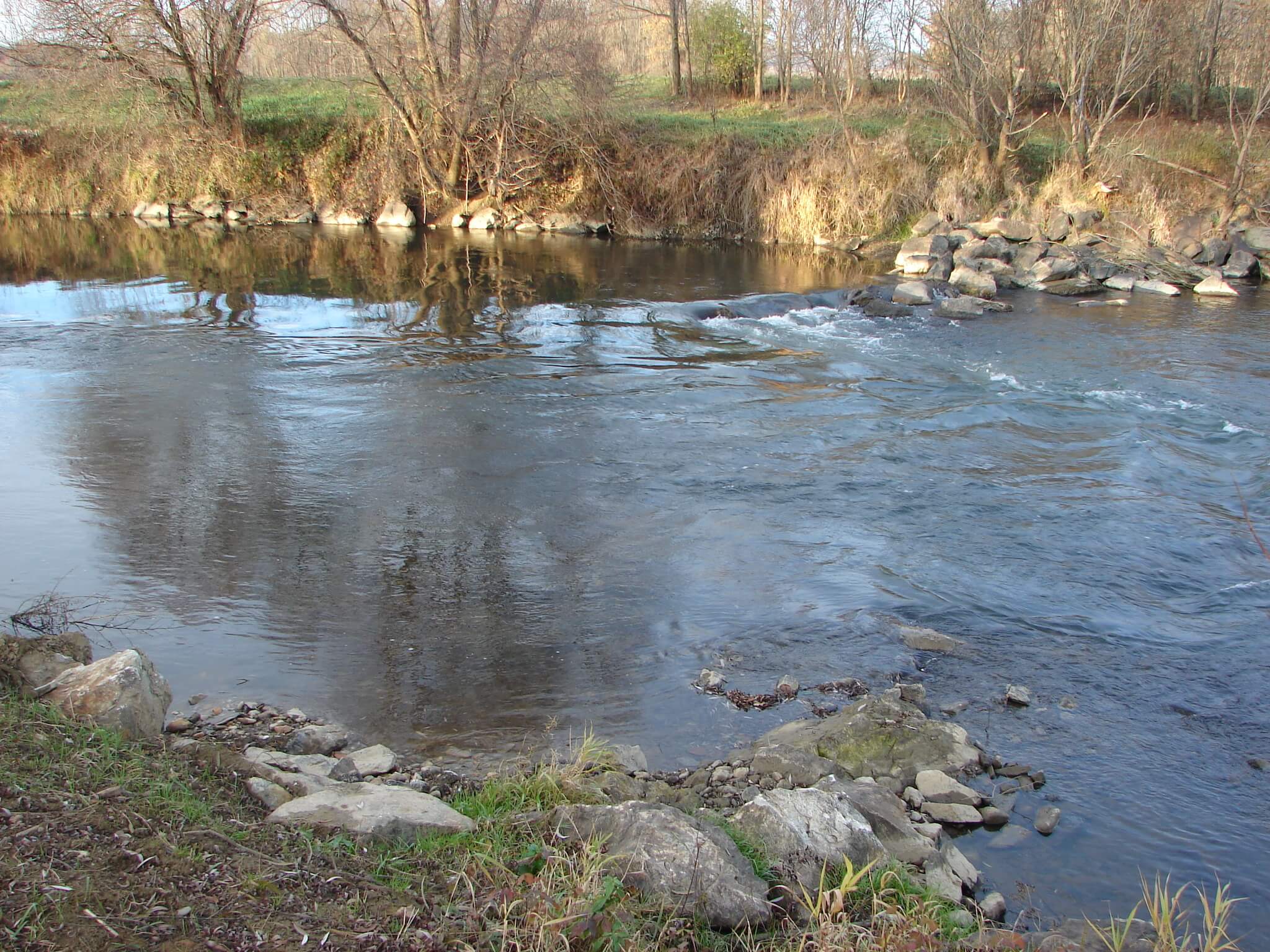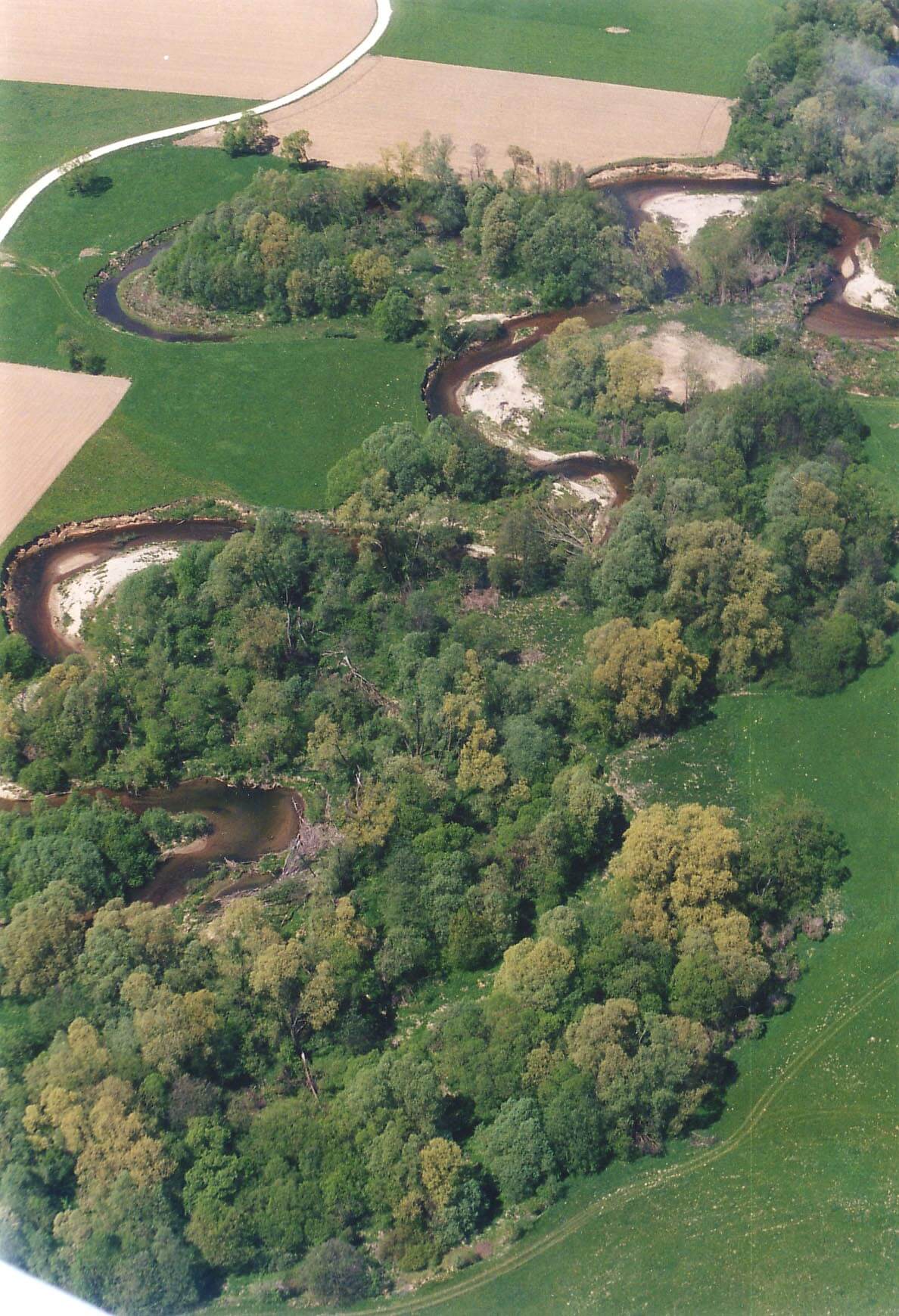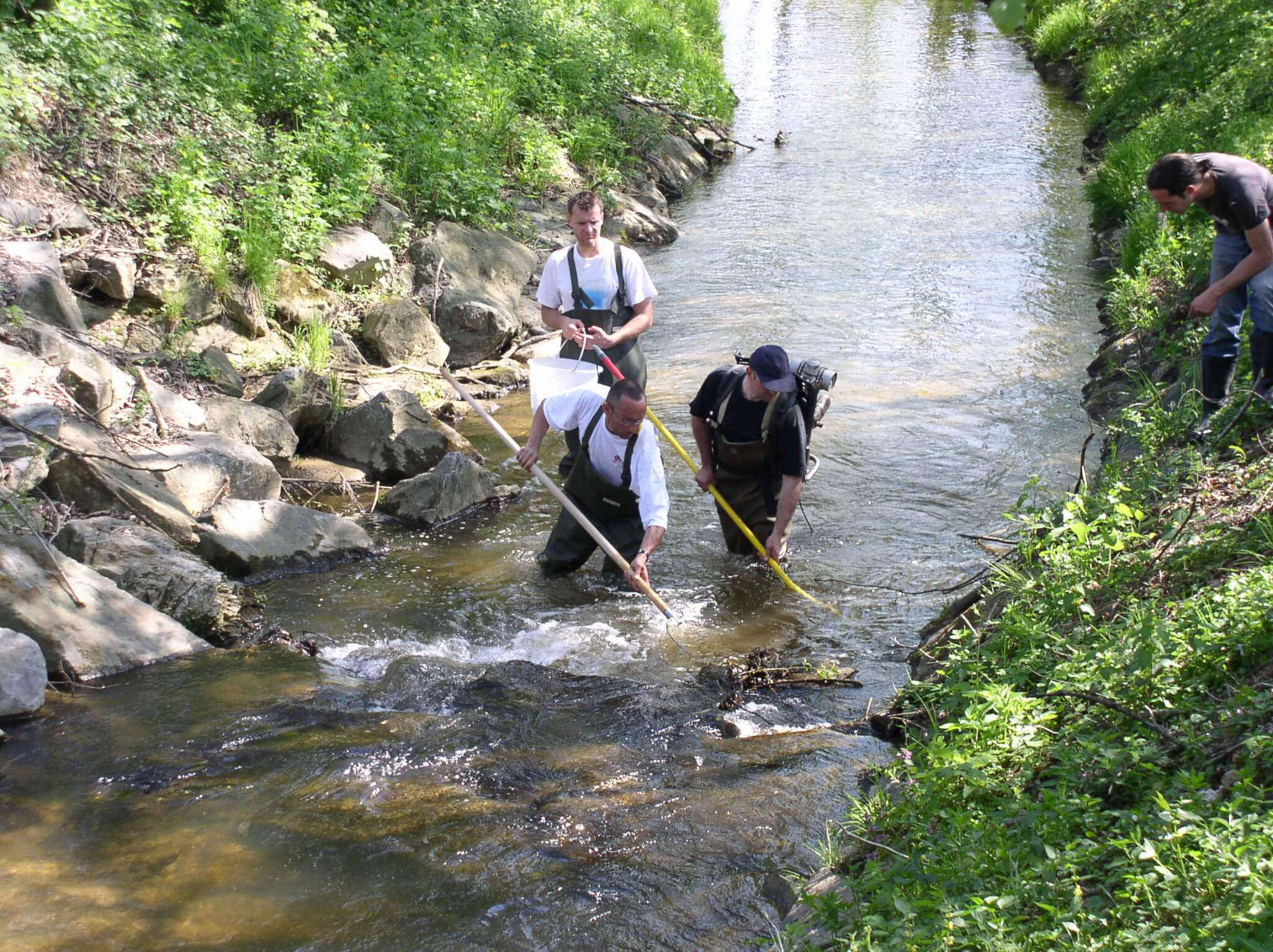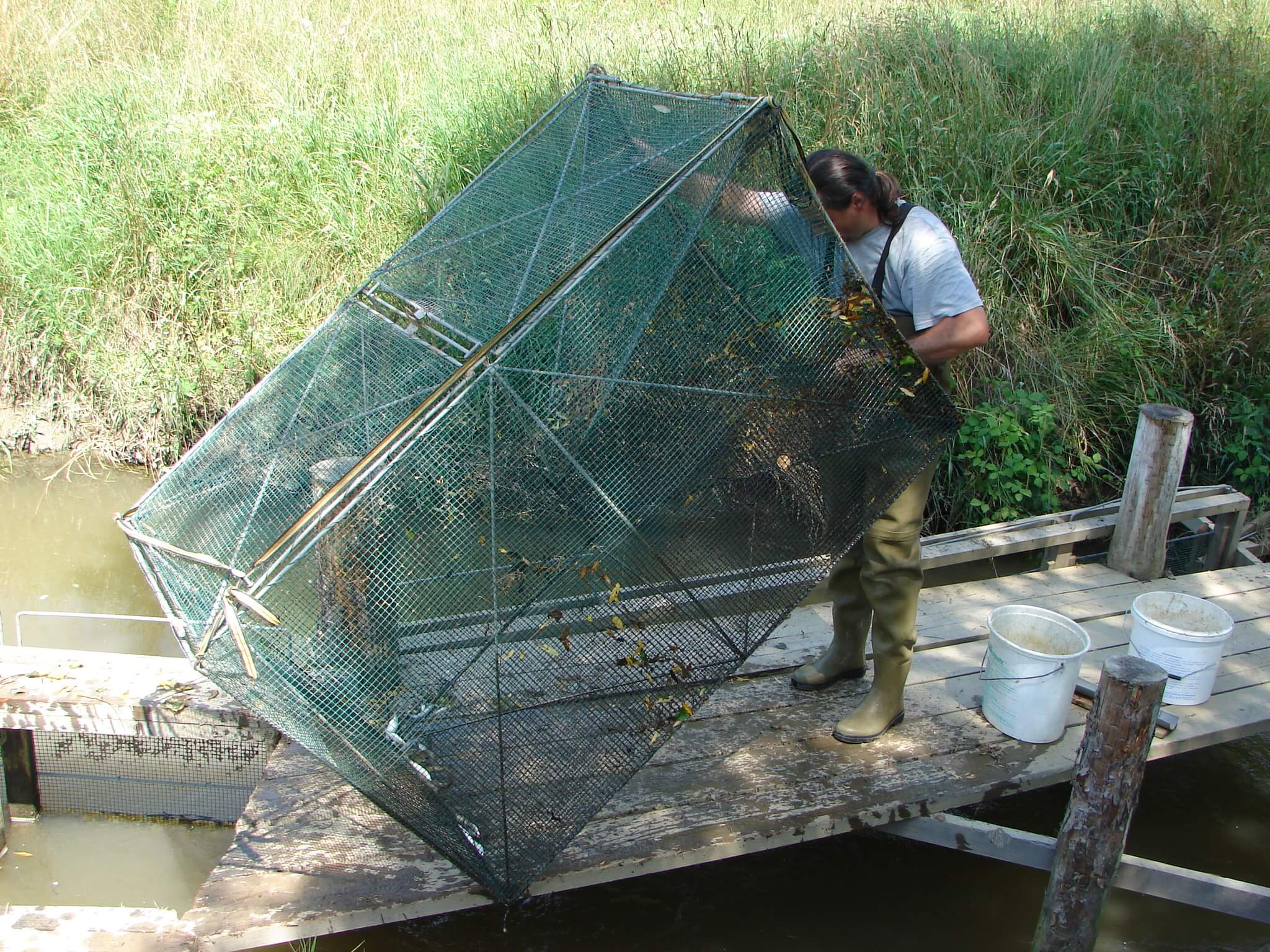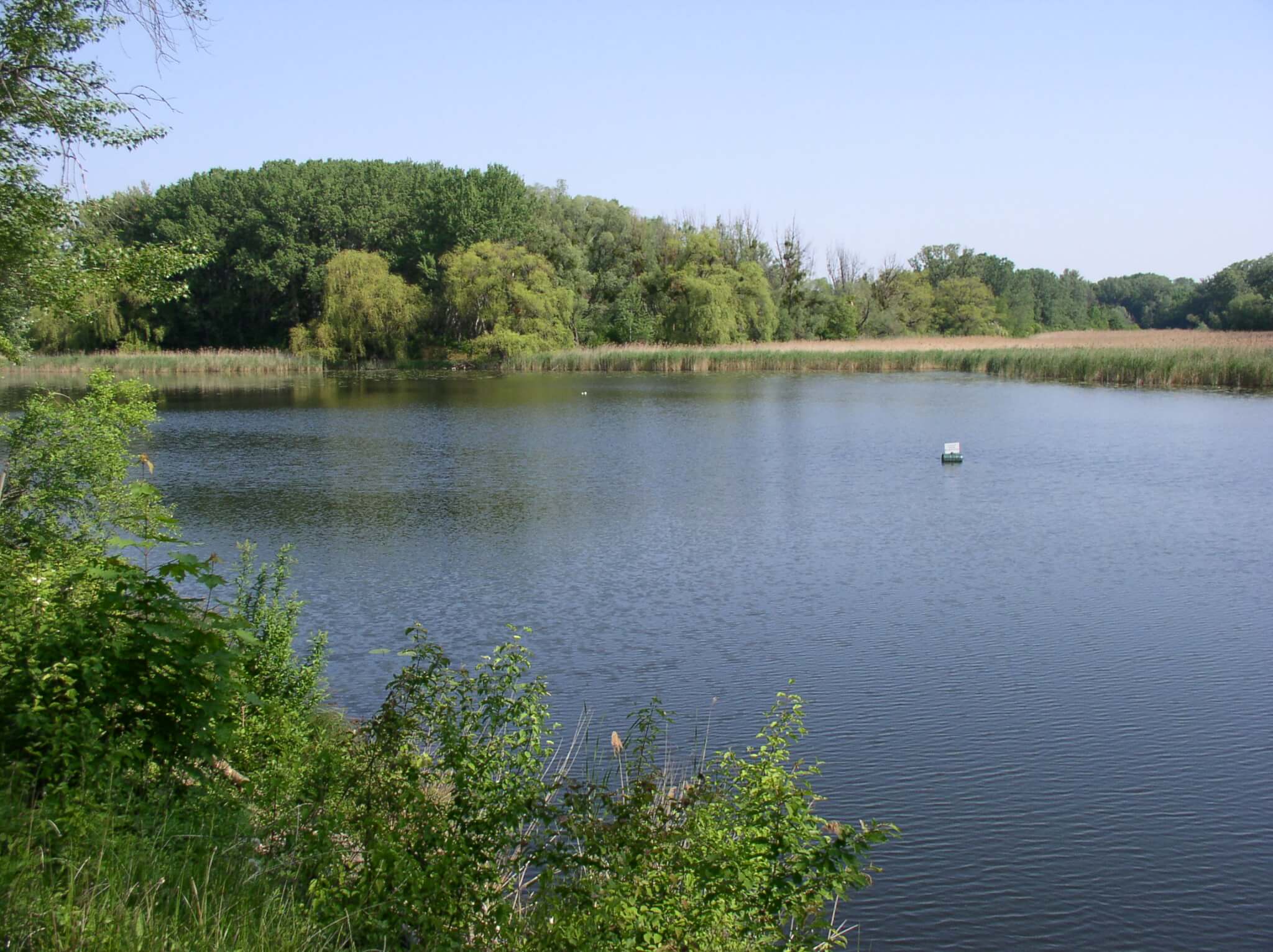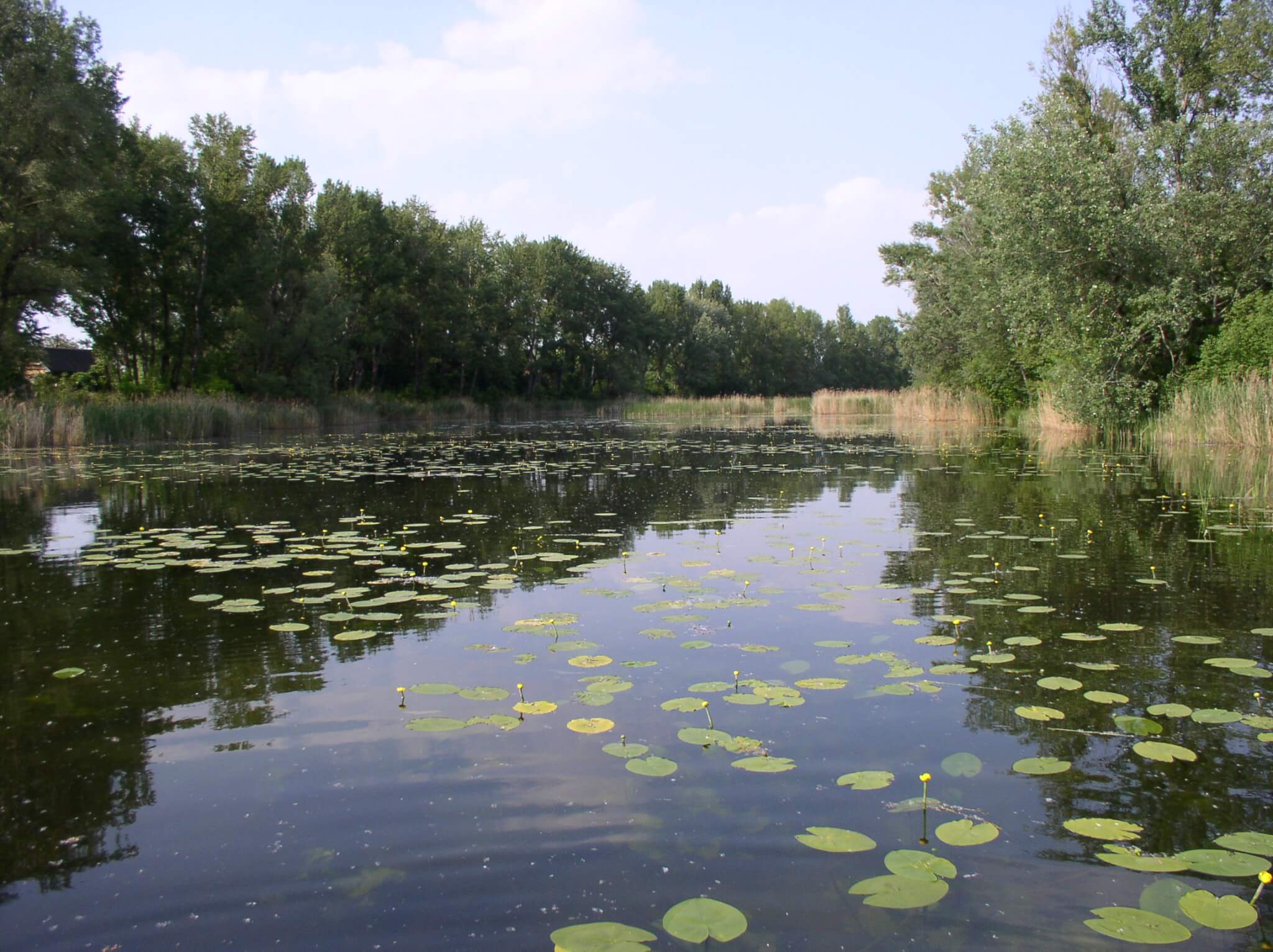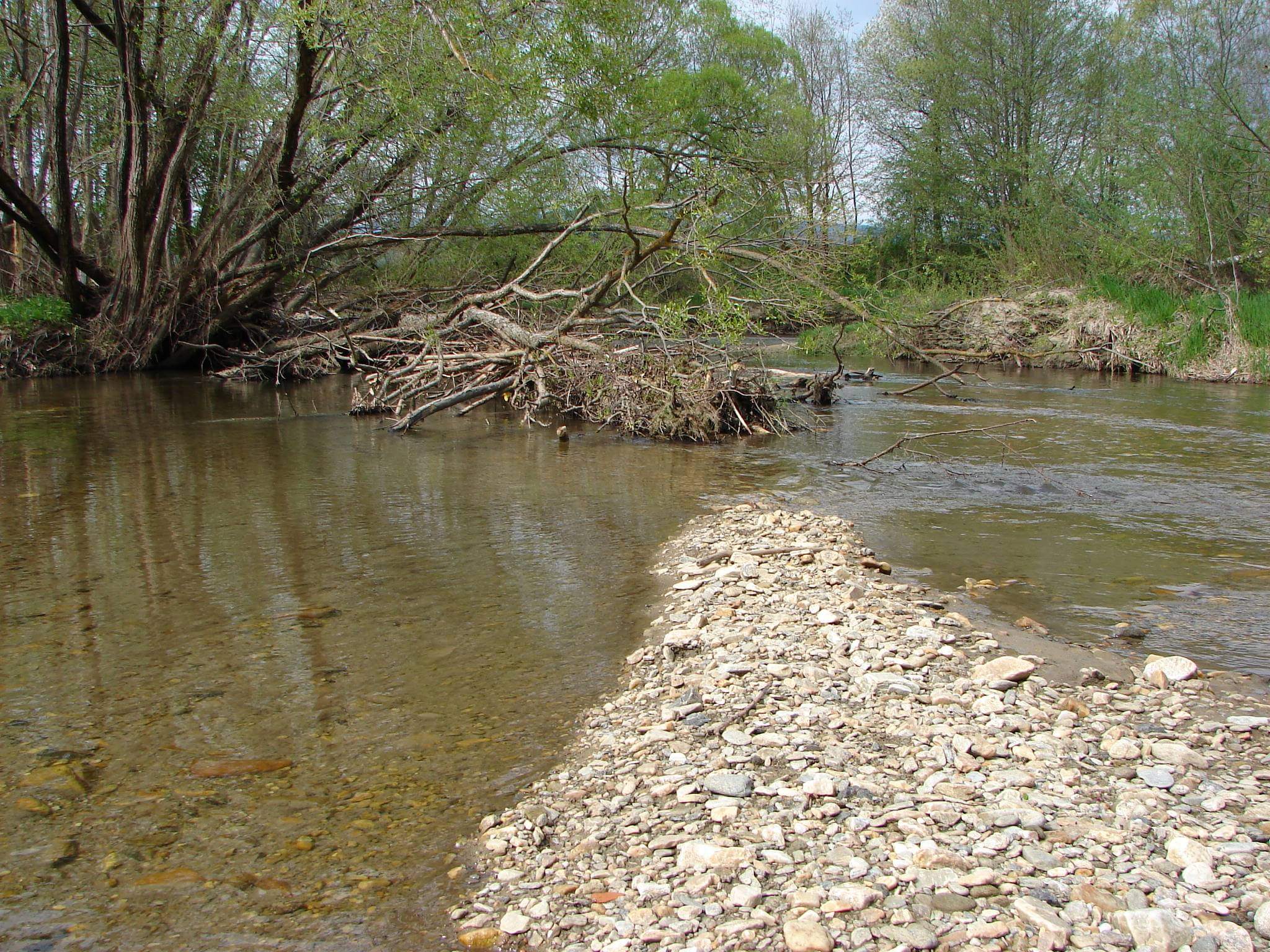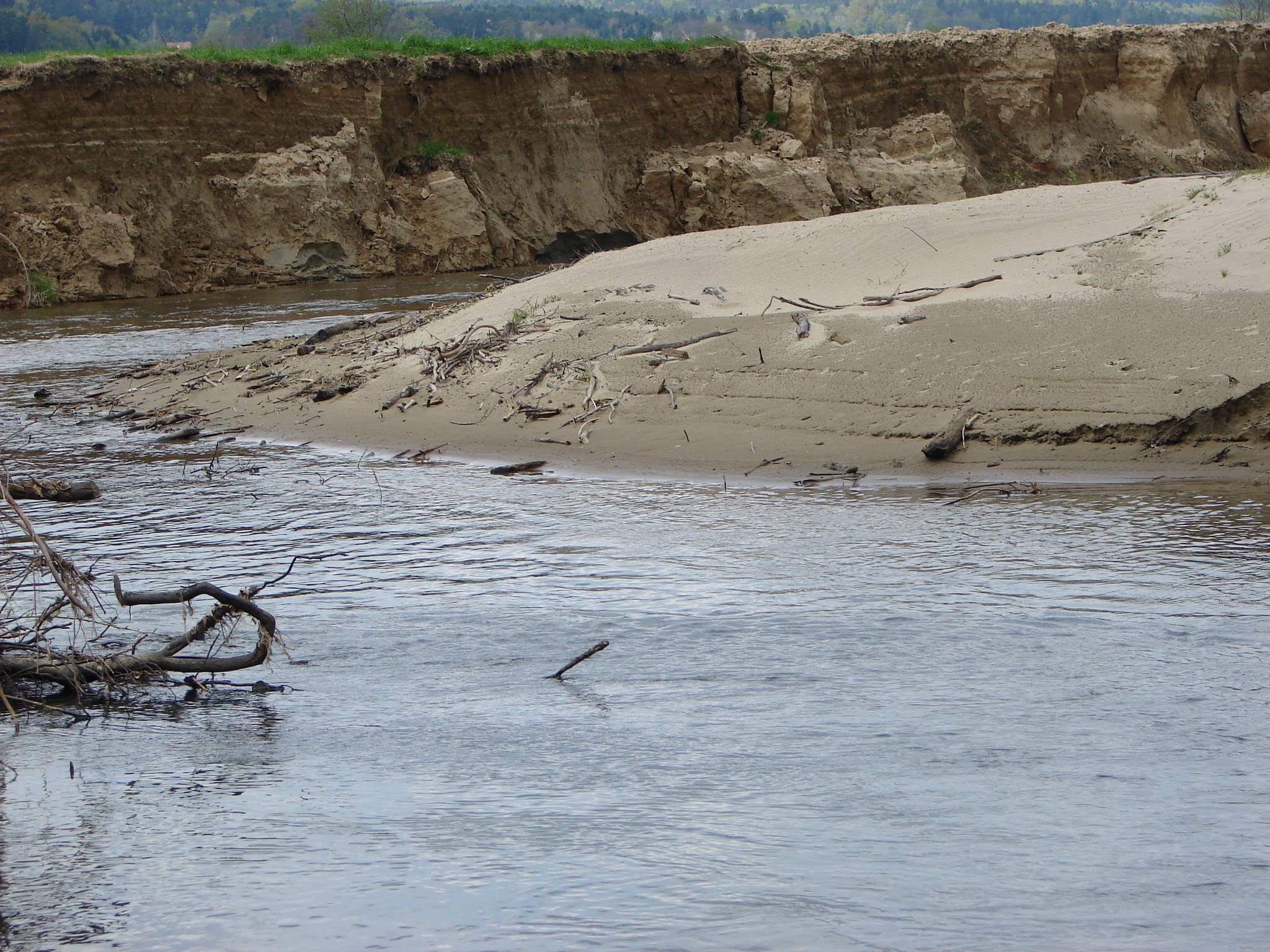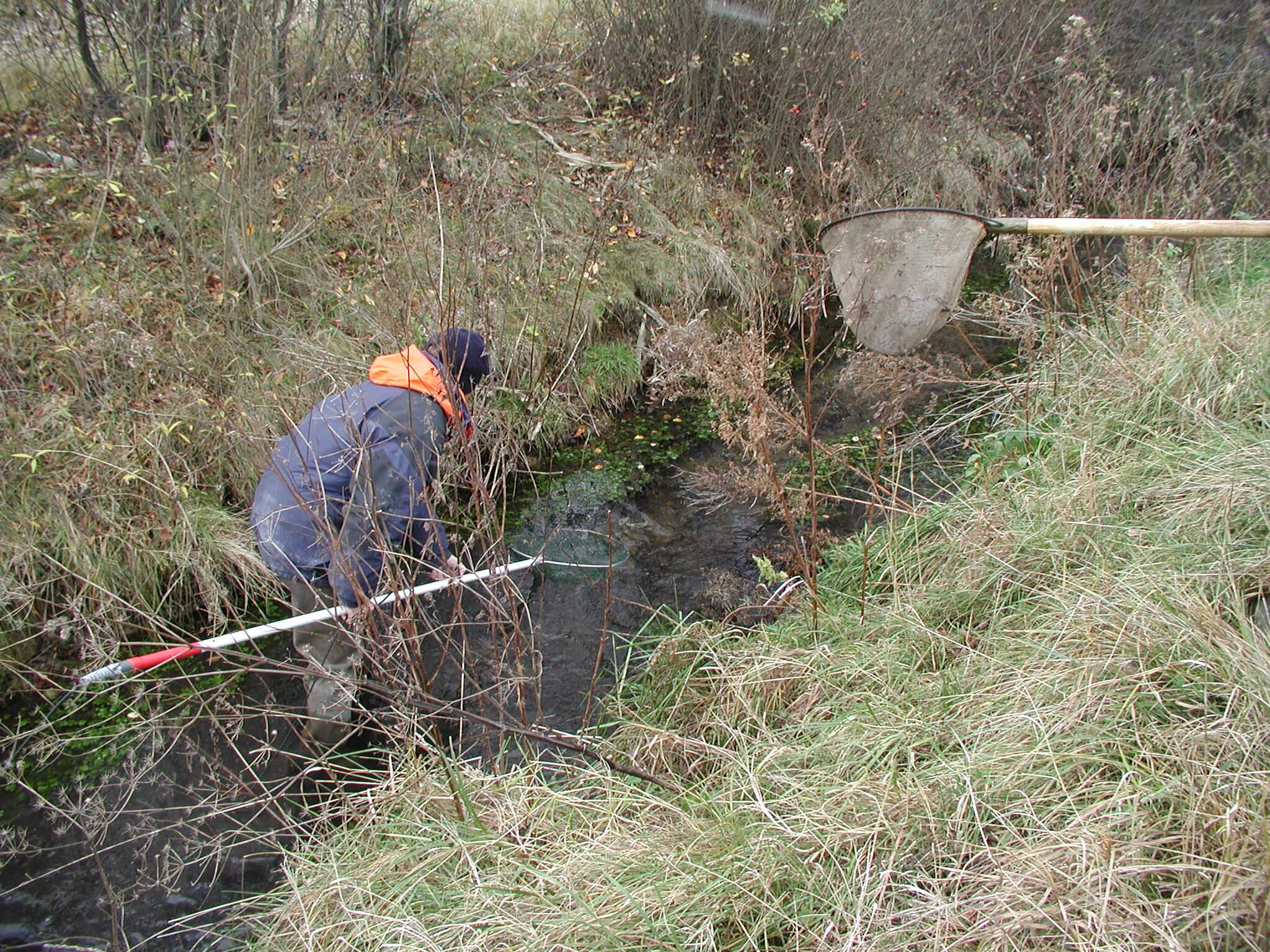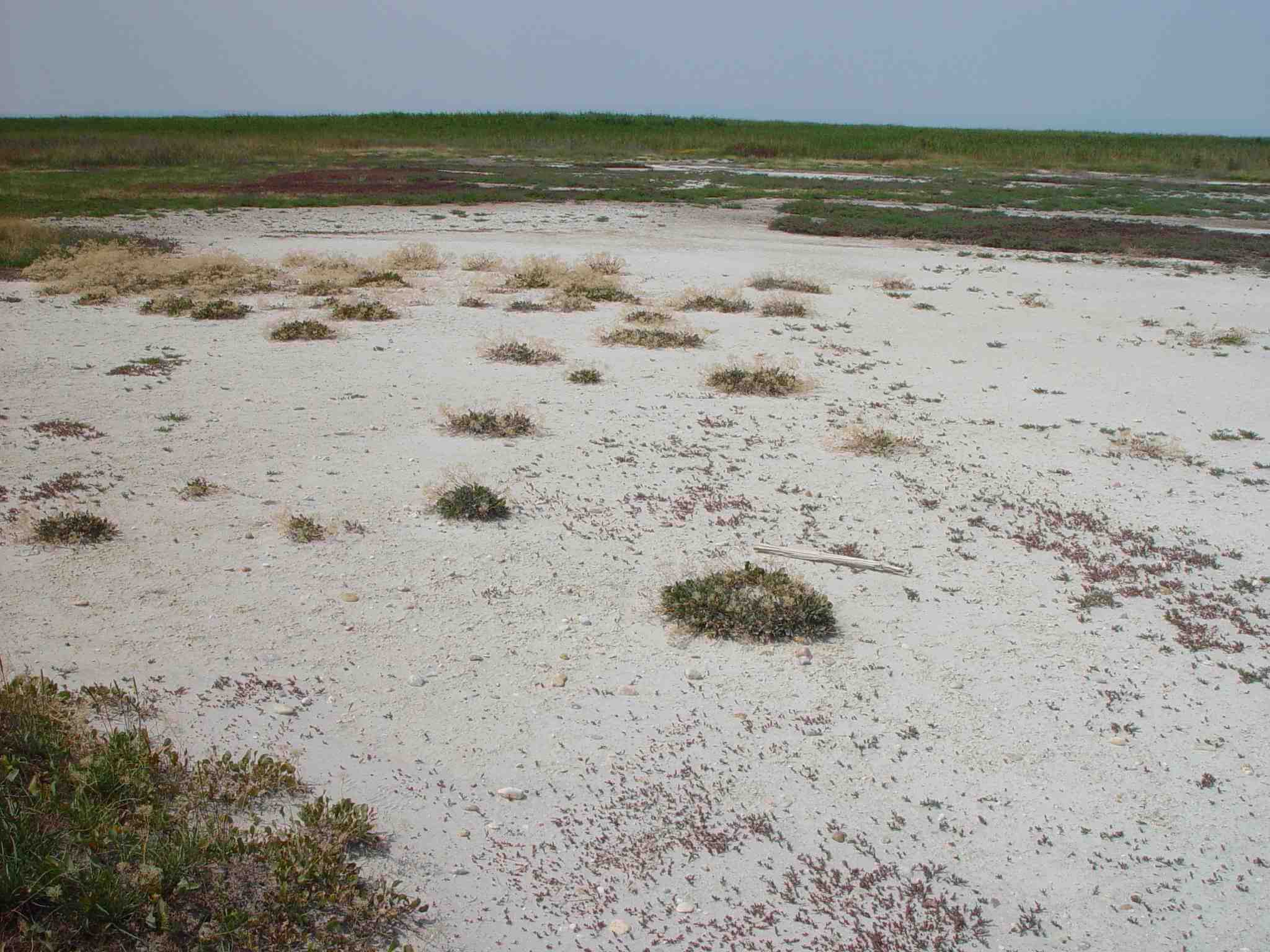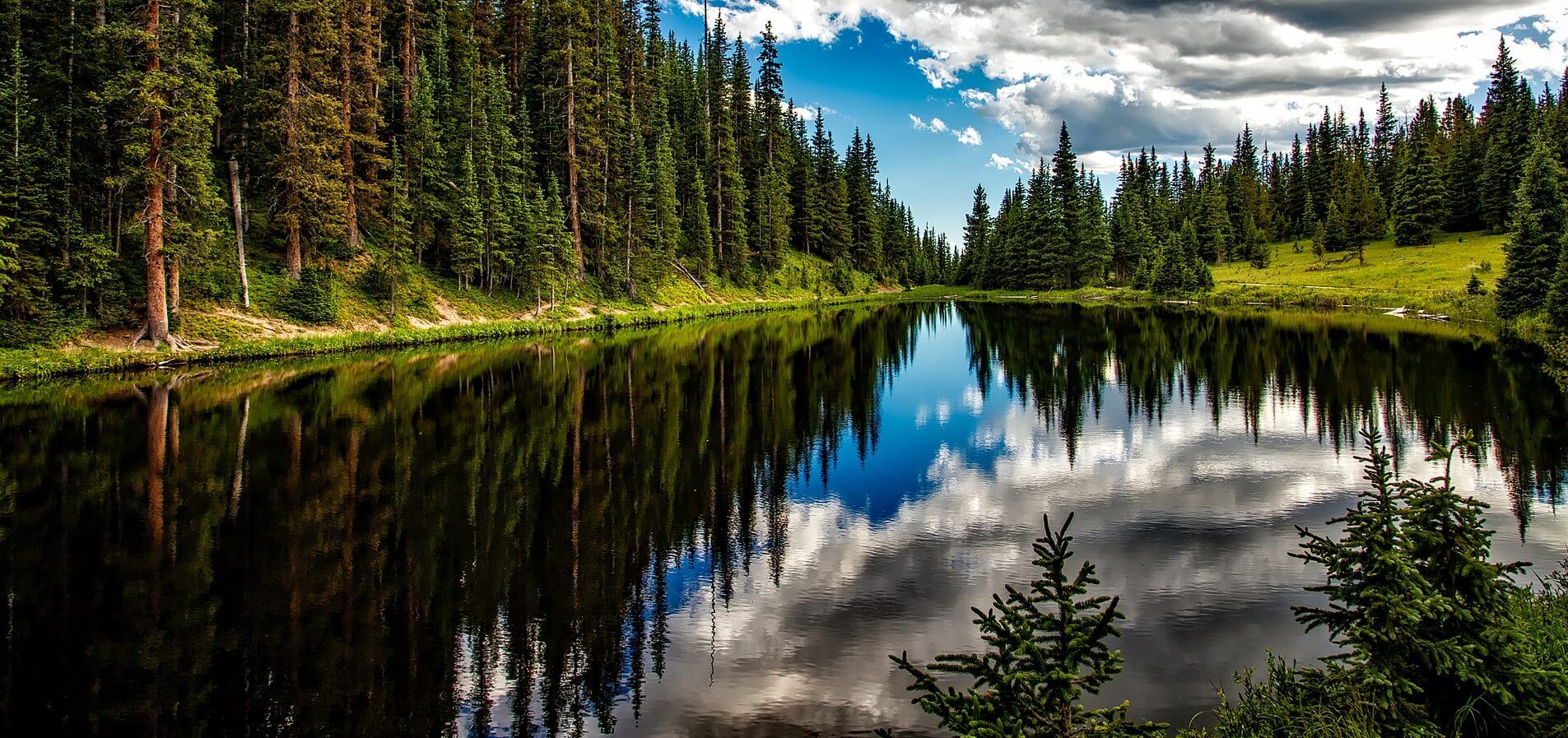
nature conservation
nature conservation
nature conservation
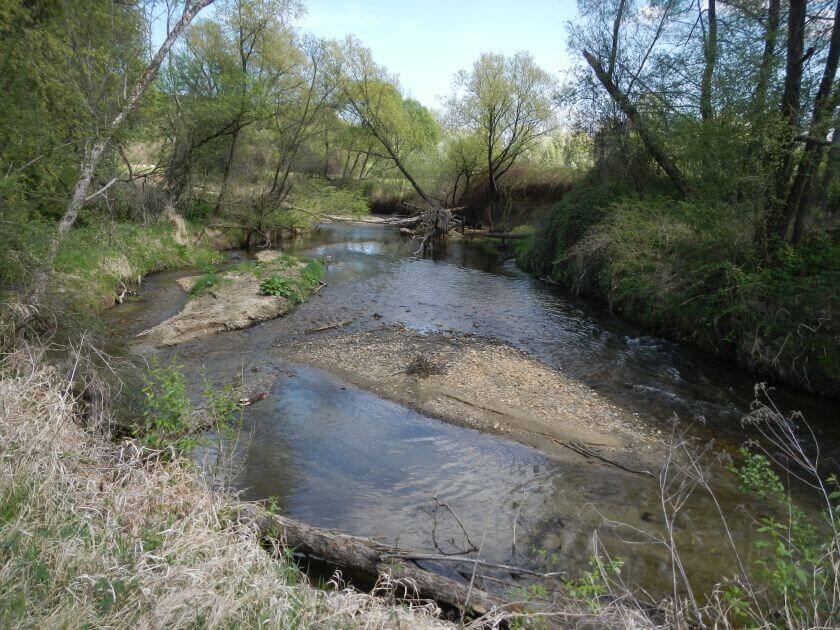
2014-2023 Influence of the otter on fish stocks in the river Lafnitz
Fish stocks in the river Lafnitz have been declining dramatically in the last years. The water status assessment of the Länder Burgenland and Styria observed a deviation from the required ecological status (EU Water Framework Directive) as the fish biomass in the near-natural section between the state border and Wolfrau was very low. A possible reason for the low biomass might be the predation pressure from otters. The aim of the project is an assessment of the otter as a stressor for fish populations in the Lafnitz. Permanent otter removal is intented to check whether, to what extent and over what period of time fish can recover.
Tasks: Fish ecological monitoring, public work
Client: Amt der Bgld. Landesregierung

2021 Red list of endangered fish and lampreys of Burgenland
Goal of the project was to produce a red list of endangered fish and lampreys of Burgenland. Data from Gewässerzustandsüberwachungen (GZÜV) were used as well as data from several other projects taking place in Burgenland in the last years.
Client: Amt der Bgld. Landesregierung

2019 Ecological Impact Assessment – Resavska Celina (Serbia)
Ecological assessment for the European Bank of Reconstruction and Development (EBRD) within the Serbian Climate Resilience & Irrigation Project – Technical, Environmental and Social Due Diligence Resavska Celina
Tasks: Field trip and screening of macro-invertebrates, data analysis and ecological impact assessment
Client: hydrophil GmbH, in co-operation with Dr. Momir Paunovic (University of Belgrade, IBISS)
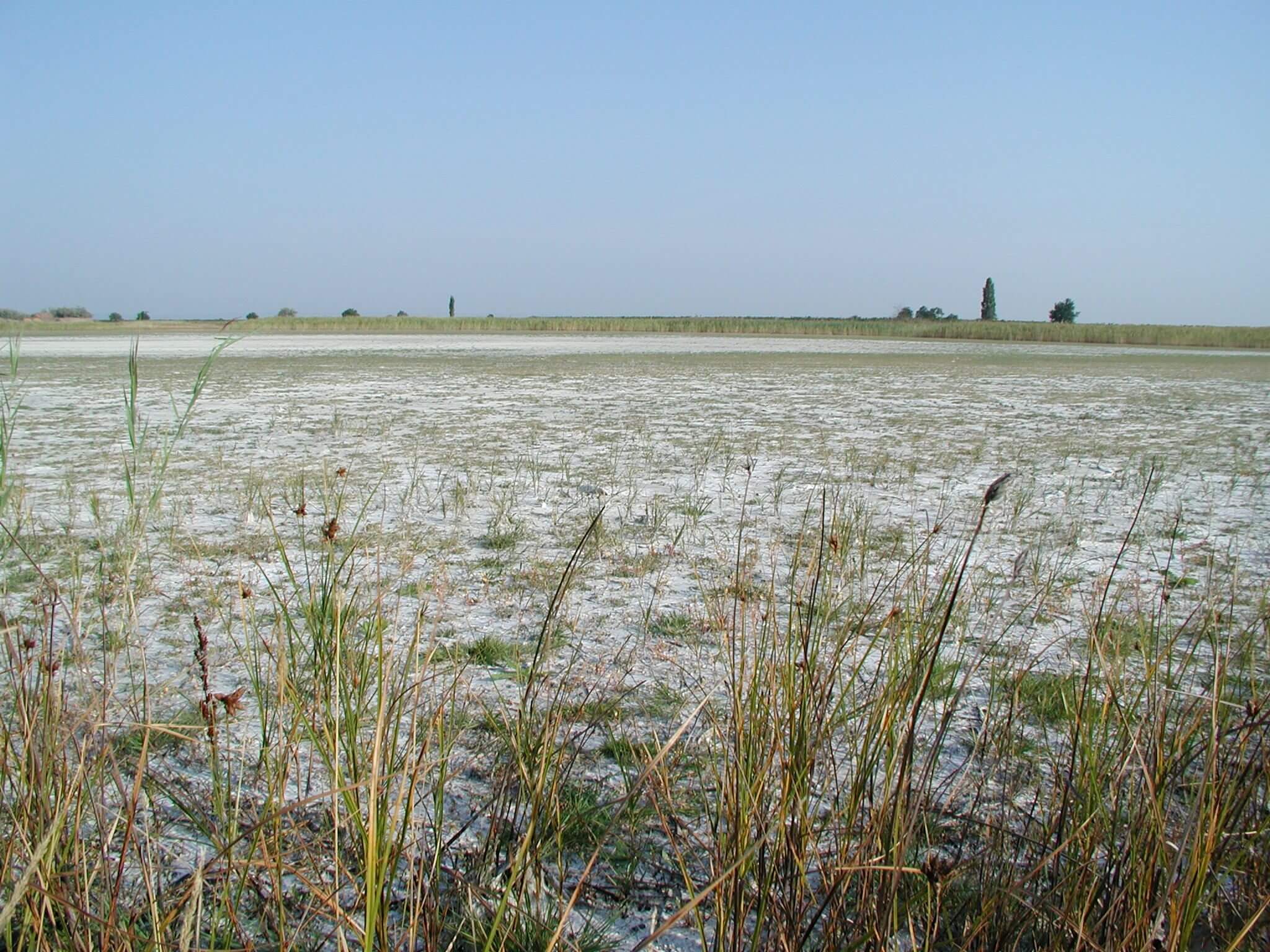
2019-2020 Preservation of evidence during the renaturation of salt pans in the Seewinkel area
Numerous salt pans in the Seewinkel area show massive changes since years and have often lost their typical fauna and flora. One of the causes lies in hydrological interventions in the sensitive groundwater regime due to unregulated endowment by hunters. The aim of the renaturation project was to carry out a field test on six salt pans near Apetlon by backwatering drainage ditches. Chemistry, soil structure, vegetation and aquatic settlement were documented.
Tasks: Sampling, data analysis, technical report
Client: Arbeitsgemeinschaft Natürliche Ressourcen (AGN)

2011-2016 Monitoring of impacts of Bti on chironomids in the floodplains of Morava and Thaya
The aim of this study was the monitoring of possible impacts of Bti, which is used against mosquitoes in the Morava-Thaya floodplains, on other non-target organisms, especially non-biting midges or chironomids, one of the most important aquatic invertebrate groups in the water bodies studied. The results were published in a scientific journal (Link).
Client: Gelsenverein March-Thaya-Auen (according to the permit under Water Law)

2016 Literature study about Bacillus thuringiensis israelensis (Bti)
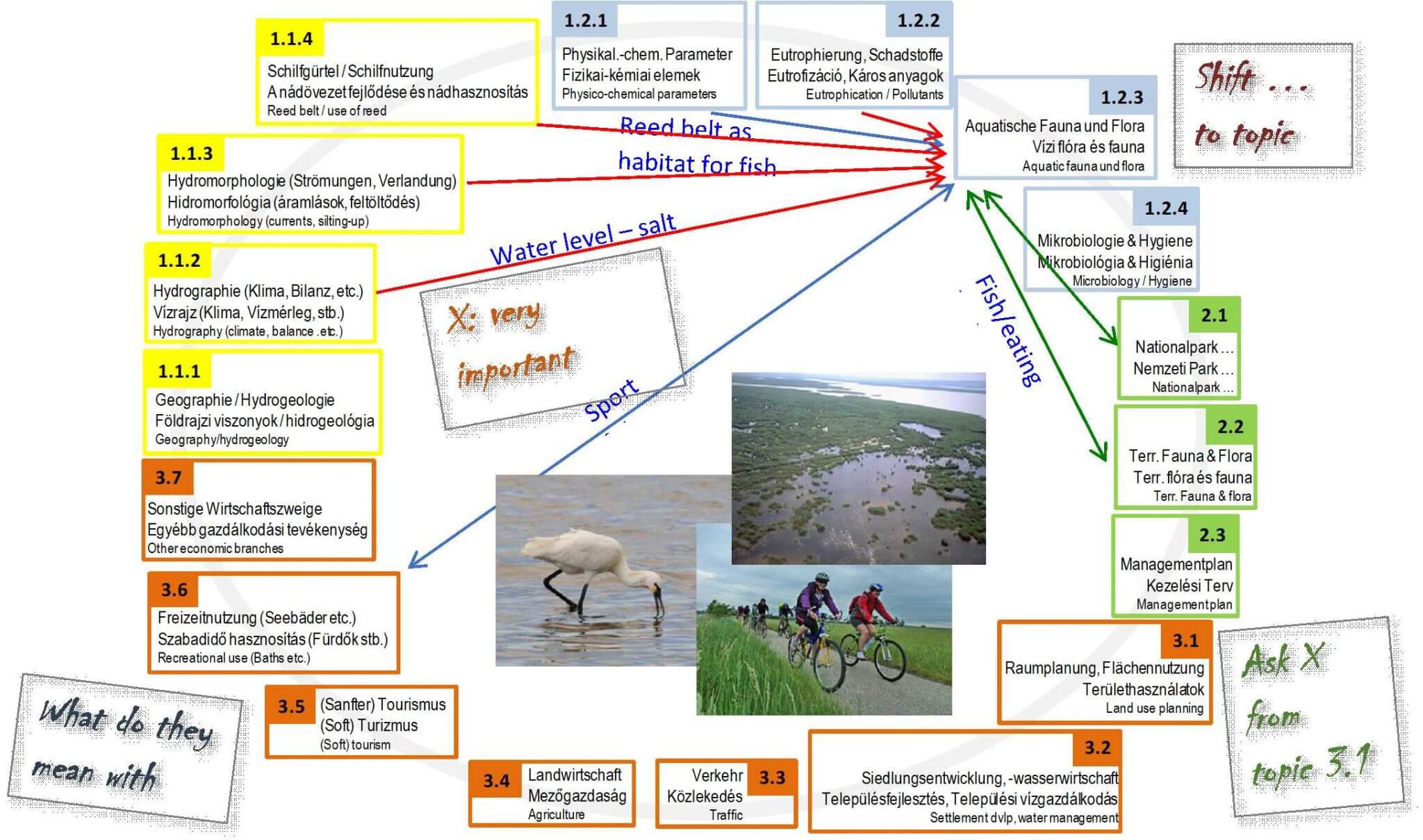
2013-2014 Strategy study Lake Neusiedl
The Neusiedler See region is a nature conservation hotspot and at the same time subject to manifold uses. In 2013, DWS Hydro-Ecology was commissioned with the preparation of an interdisciplinary, bilateral strategy study, with the objective to identify ways of securing the ecological and economic potential of the cultural landscape of Lake Neusiedl in the long term. The study involved more than 50 experts. It included an inventory of the status quo and a deficit analysis as well as a comprehensive catalogue of measures for the subjects of water management, limnology, nature conservation and spatial planning.
Client: Austrian-Hungarian Water Commission
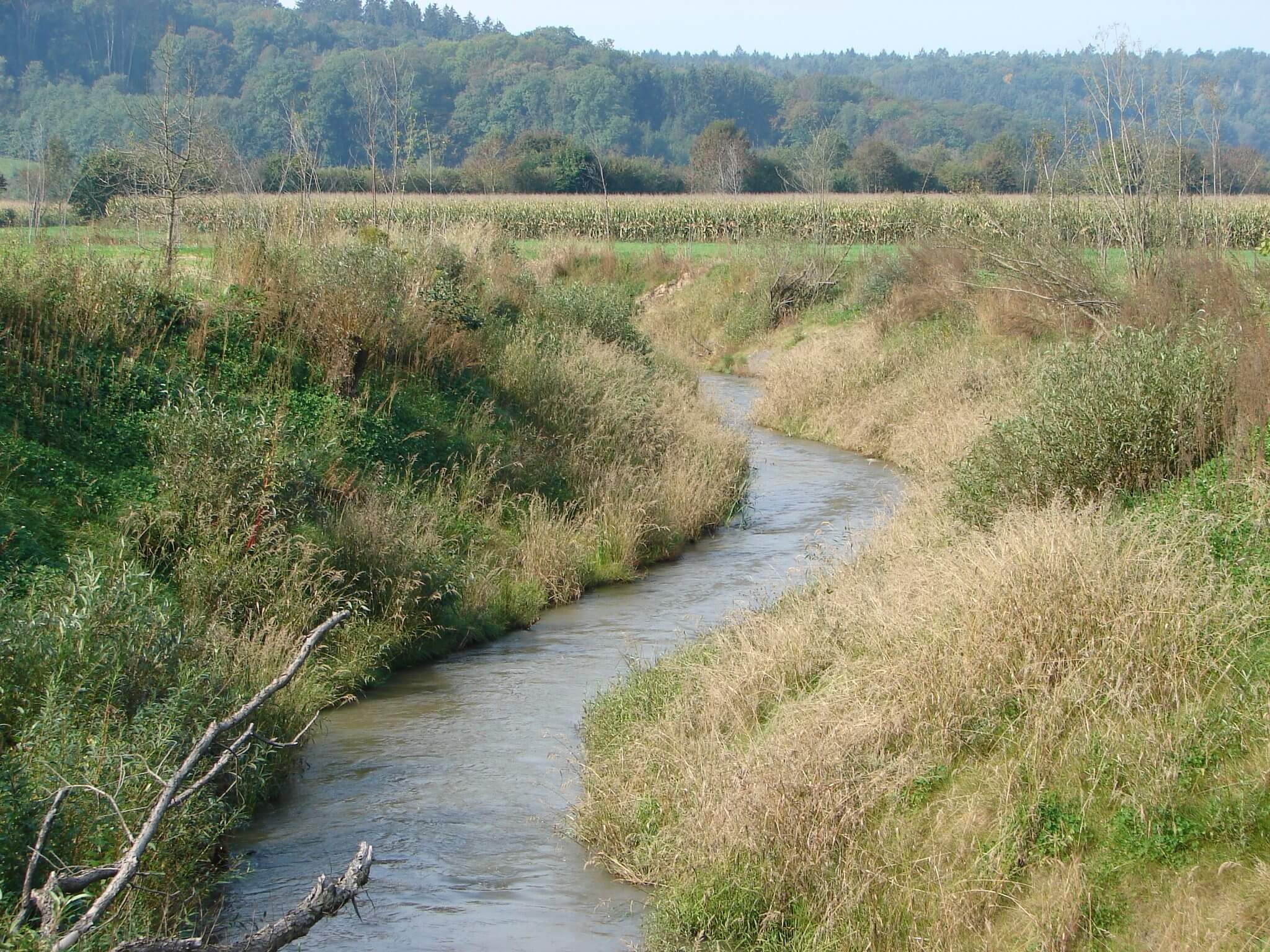
2004–2007 Fish-ecological monitoring in the EU LIFE project „Lafnitz”
The aim of this LIFE project was to restore the continuum of the Lafnitz river from its source to its estuary. Over a period of four years, the hydraulic engineering departments of the Styrian and Burgenland administration erected several fish passes, which had previously been obstacles to the migration of fish.
Tasks: Fish ecological accompanying investigations (electro-fishing, fish pass controls, evaluation), in co-operation with G. Woschitz
Client: Weideverein Ramsargebiet Lafnitztal

2004 Investigation of macroinvertebrates in the floodplains of Upper Lobau
The study aimed at improving our knowledge about the limnology of the Upper Lobau within the Donau-Auen National Park. The sediment and the benthic communities in several Danube backwaters were investigated by using UWITEC-Corers.
Tasks: Field work, laboratory analyses, data analysis and ecological assessment
Client: MA45 – Wiener Gewässer
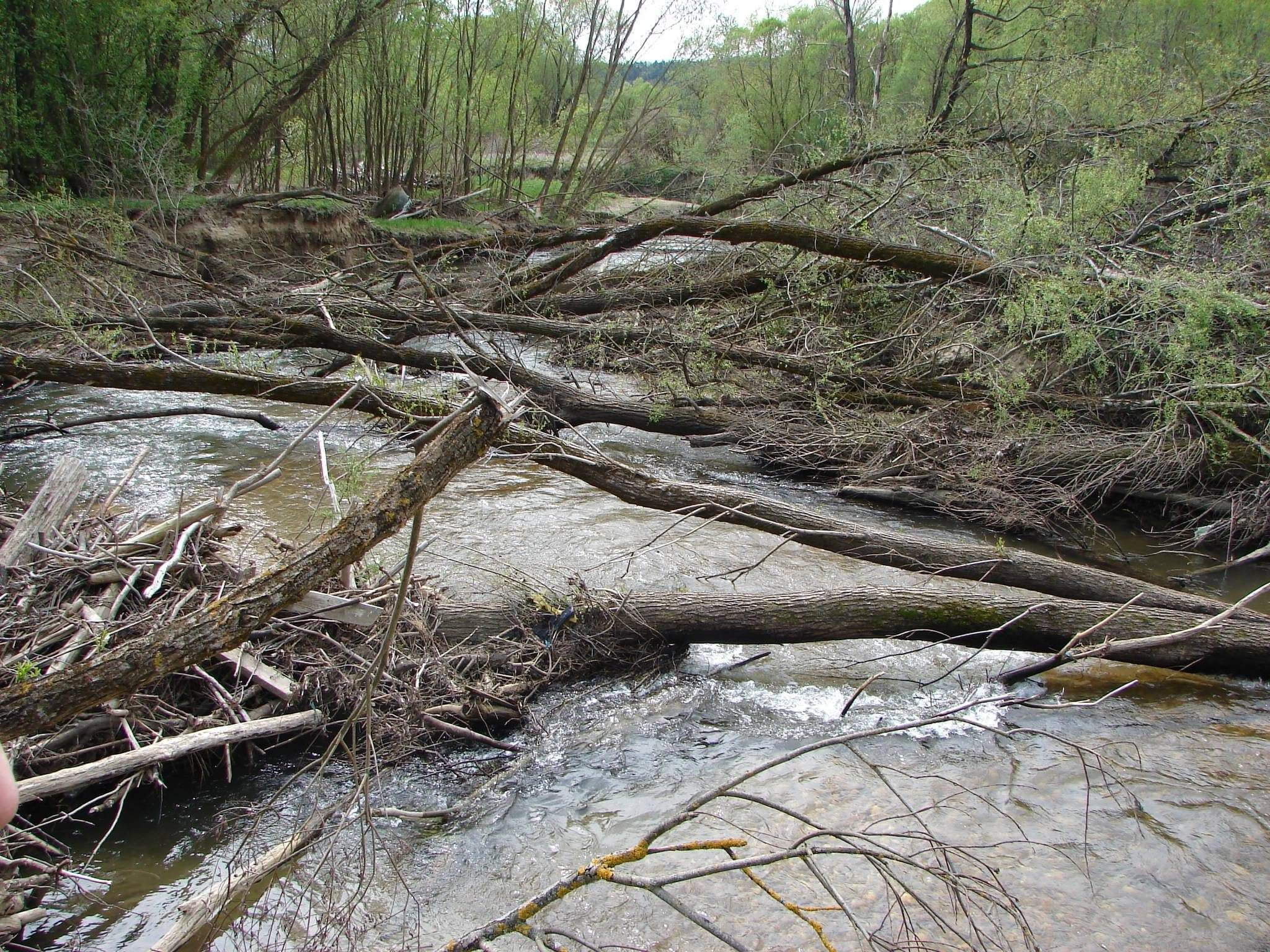
2002–2004 Reference Book „Ramsar region Lafnitztal“
For nature conservation, the valley of the river Lafnitz is a hotspot in Eastern Austria and was included in June 2002 as the 11th of today’s 23 areas (status 2019) in the “List of Wetlands of International Importance” (Ramsar Convention). In order to highlight the special features of this area, but also to draw attention to the potential danger posed by human impact, the Federal Environment Agency commissioned a team of experts to produce a popular scientific publication summarising the current state of knowledge.
Tasks: Chapters on hydro-ecology
In co-operation with DI G. Schlögl, Dr. I. Korner, DI B. Wendelin, ZT DI A. Cejka, Mag. I. Fortmann, DI Dr. L. Cecil und Mag. Dr. T. Zechmeister (Oeconsult)
Client: Federal Environment Agency Vienna
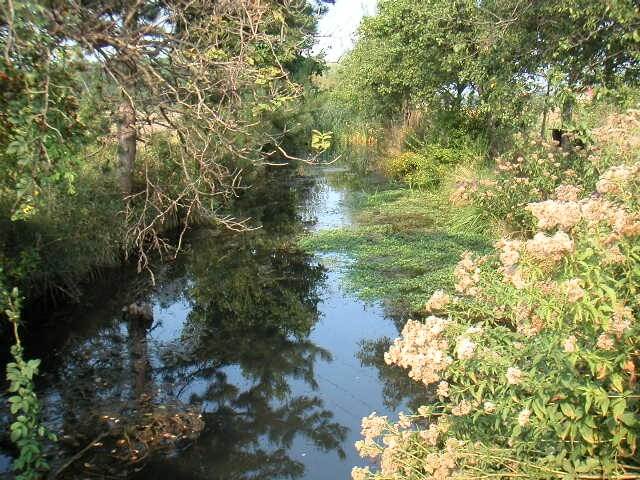
2001-2002 Regional pilot project Johannesbach
Regional pilot project for the sustainable development of streams and ditches in the Pannonian field, exemplified in the consolidation area of Leithaprodersdorf at the Natura 2000 site Johannesbach – basic limnological and vegetation ecology study
Tasks: Investigation of makrozoobenthos, phytobenthos and fish; in cooperation with AVL (Terrestrial vegetation), Mag. Iris Fortmann (hydro-morphology), DI Thomas Ofenböck (unionid mussels), the Museum of Natural History / Dr. Ernst Mikschi (fish ecology) and DI Dr. Cecil (public relations)
Client: Municipality of Leithaprodersdorf / Government of Burgenland
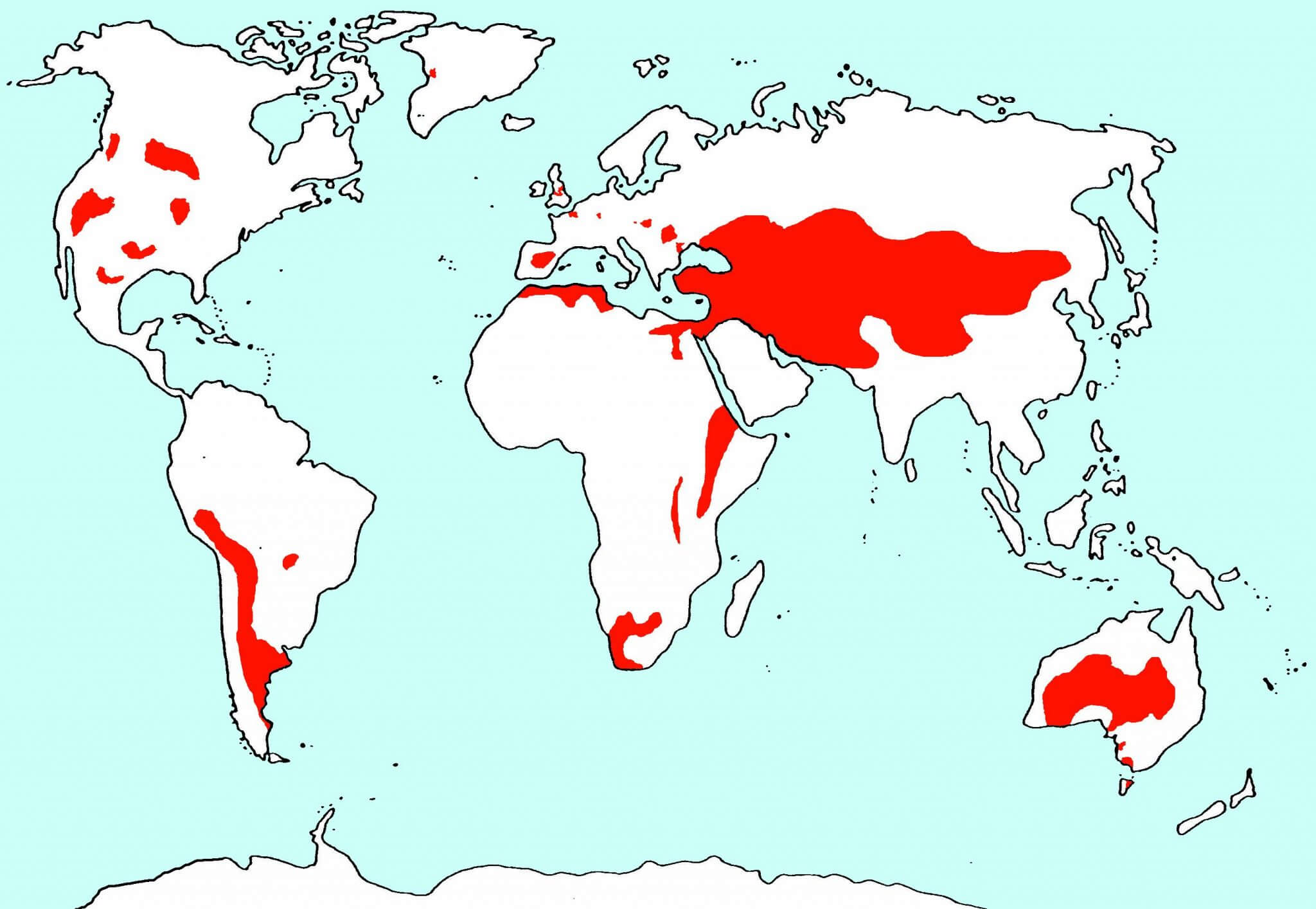
1996-2000 Reference book “Saline habitats in Austria”
There are three main areas in Austria, where natural terrestrial and aquatic salt habitats can be found: the largest in the Seewinkel area in the Northern Burgenland and two smaller ones near Zwingendorf and Baumgarten an der March. All of them are characterised by a large diversity or rare and endangered plant and animal species, among them also true salt specialists. In co-operation with other experts, Dr. Wolfram and his employees produced a review study on saline habitats in Austria, which was published as a book by the Umweltbundesamt GmbH.
Client: Umweltbundesamt GmbH Wien / Oeconsult

